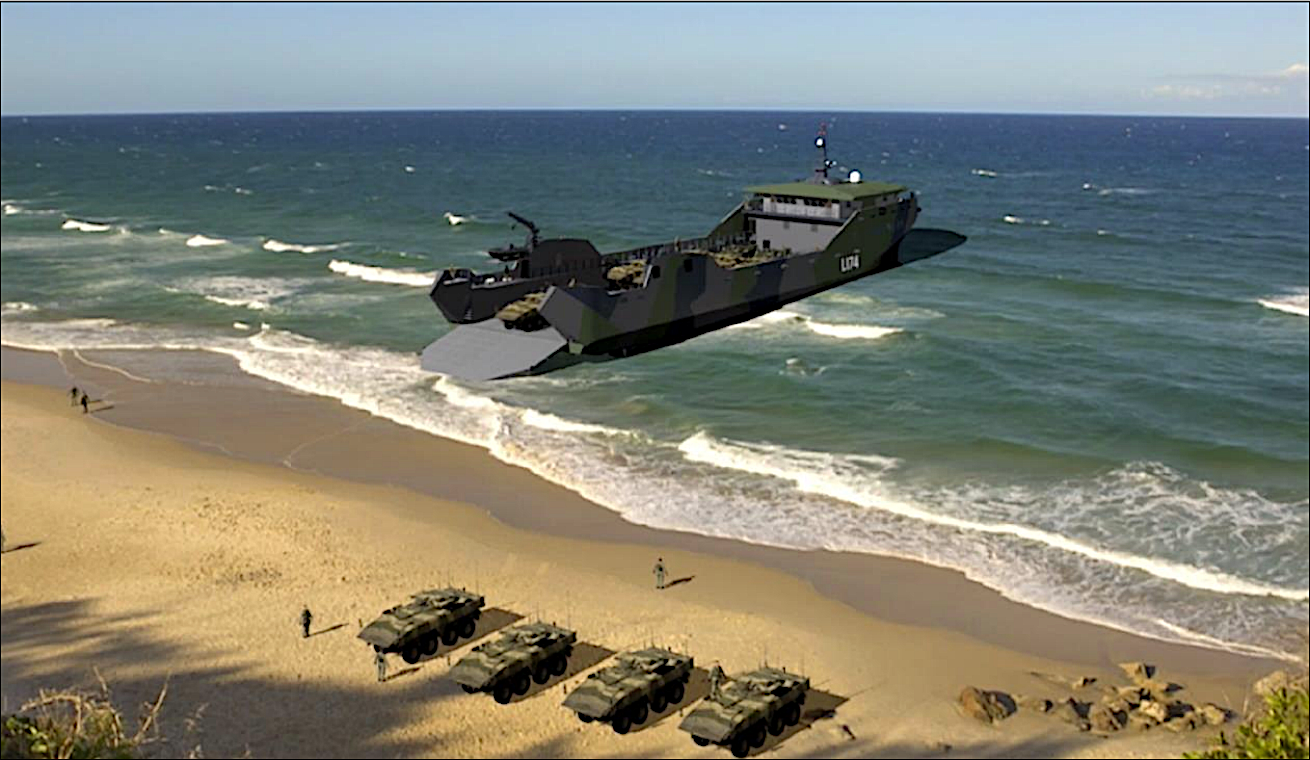While working on my section on Bismarck, I decided to look more deeply into the details of battleship range and the impact it had on designs. It's undoubtedly the most important obscure figure in battleship design, with many references not including it because the values available are so variable. Unfortunately, I quickly ran into a mess. A surprising number of ships I looked at, even in quite comprehensive sources, had only 2 or maybe 3 data points, spaced widely enough that it wasn't really possible to get a good sense of the shape of the curve involved.

The culprit behind all of this
In the end, I had only five reasonably good sources of data on the treaty battleships: data on Bismark spread across two books, Raven and Roberts with Howe and FTP 218 covering the American battleships, along with a report on trial results from Iowa and New Jersey.1 Only the last actually had speed, fuel consumption and power in the same place and without suspicion that there was significant rounding involved in the data I was seeing. And when plotted, the numbers for the American ships were reasonably consistent, both between the two sources and between different classes, although while they were all around 15,000 nm at 15 kts, Iowa had an advantage at higher speeds thanks to her longer hull. But the same was not true of the curves for the European ships, which were much shallower. Bismarck in particular went from having approximately half the endurance of the American ships at 15 kts to about the same endurance as the SoDak/North Carolina at 24 kts, and more above that. Read more...







Recent Comments